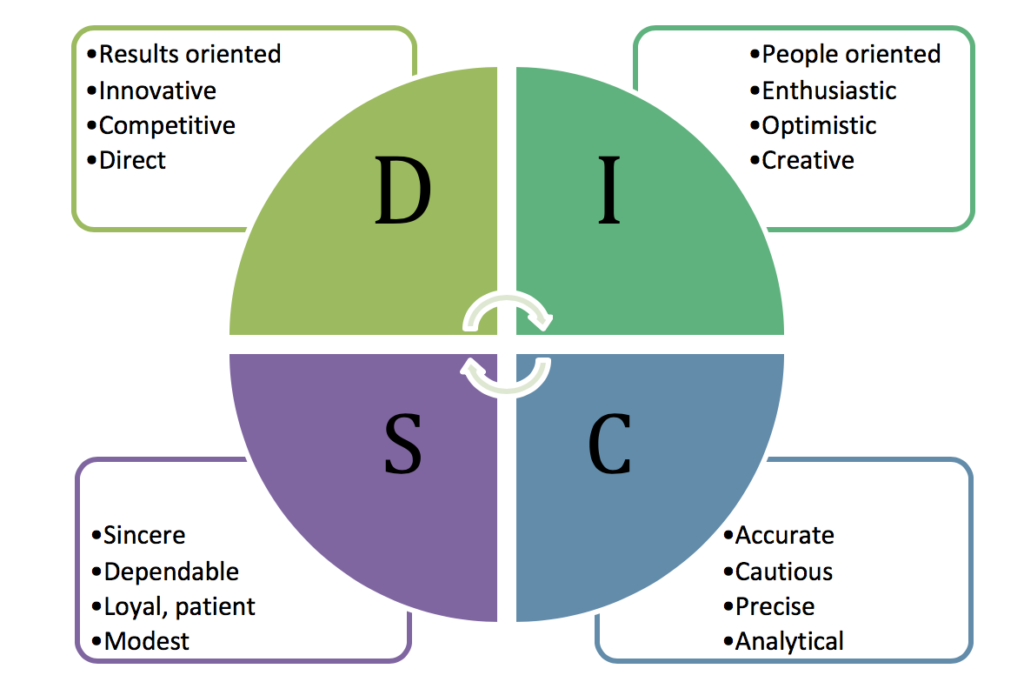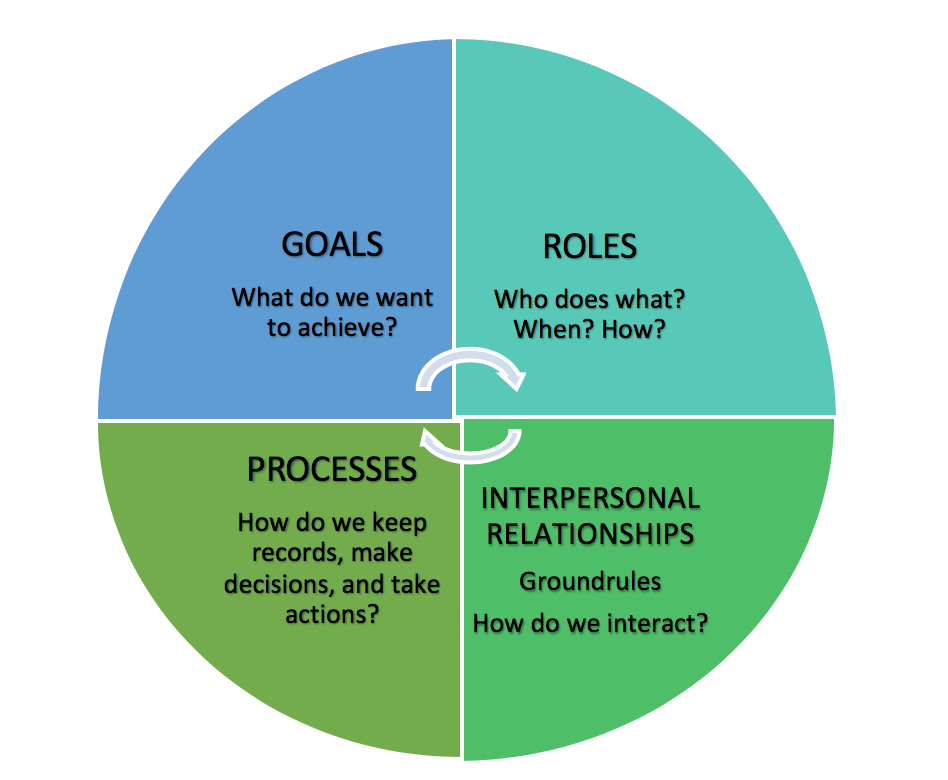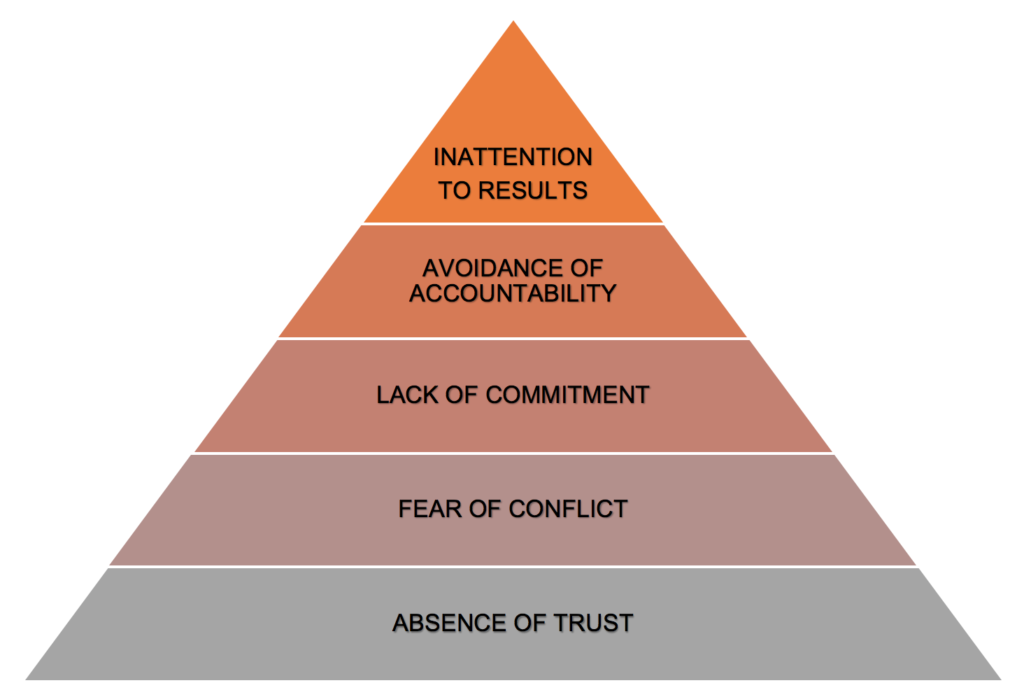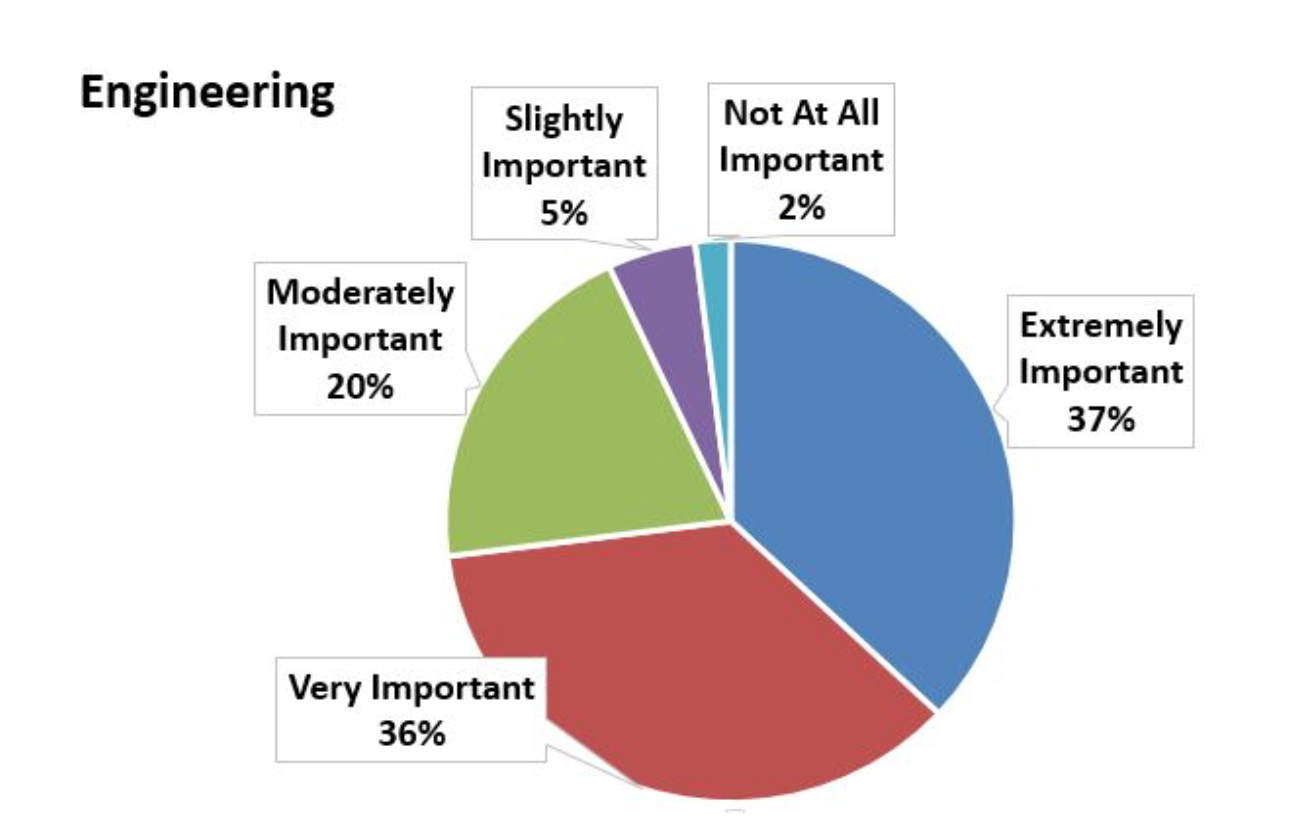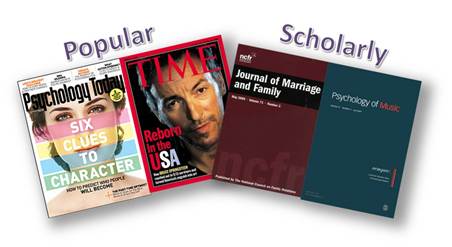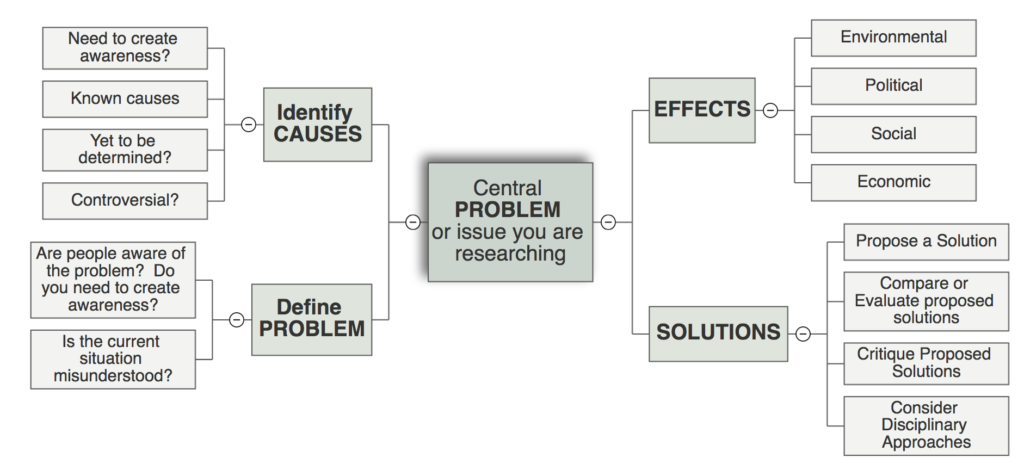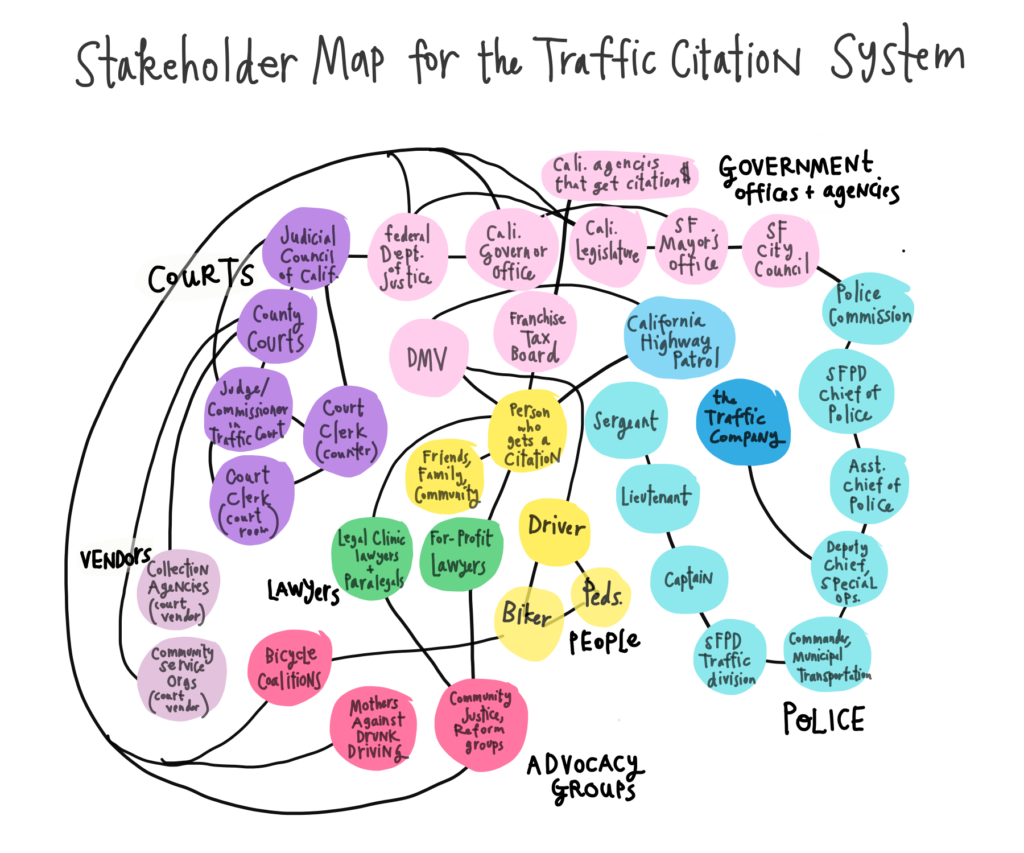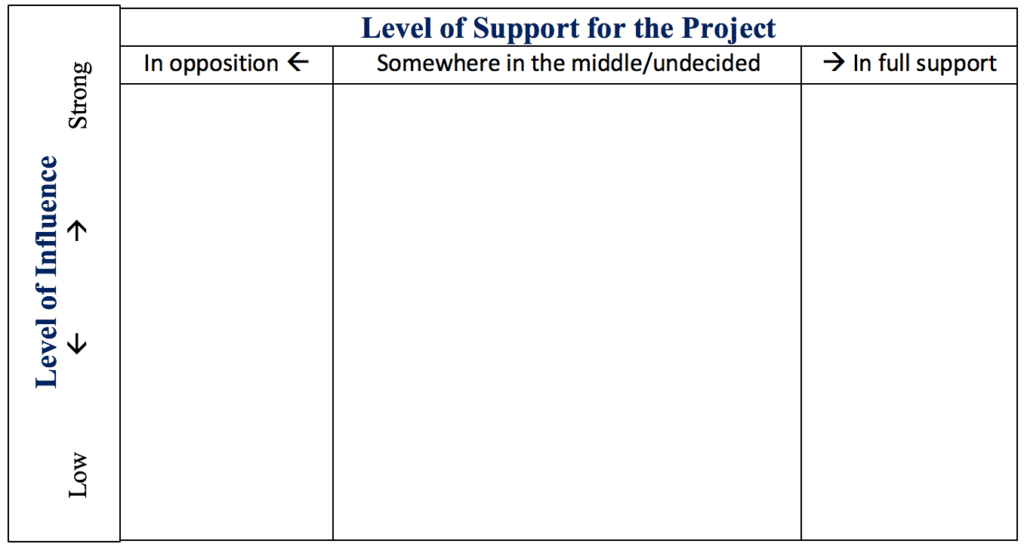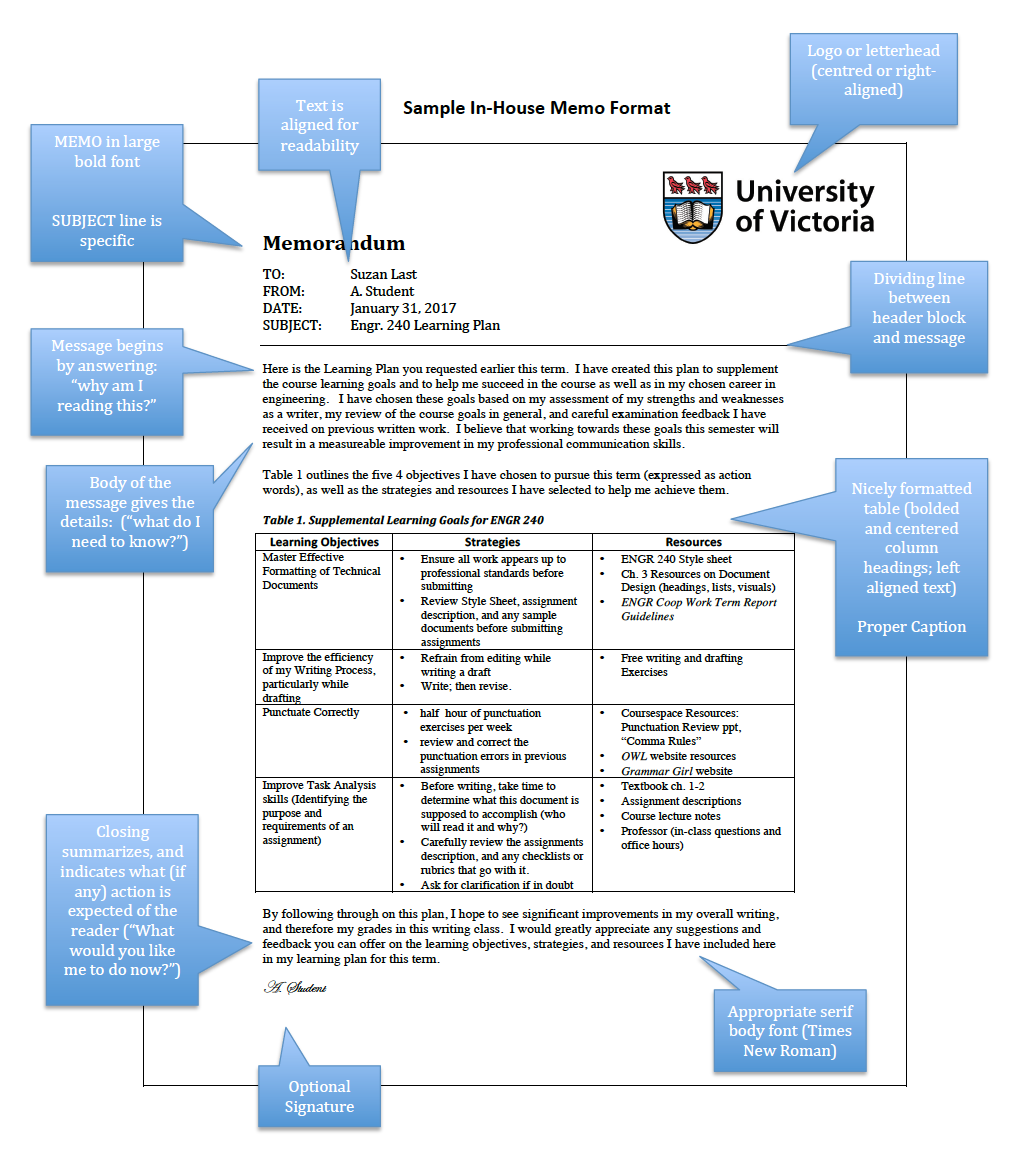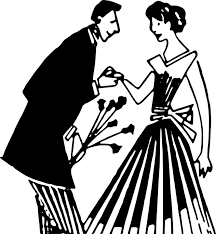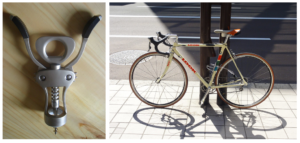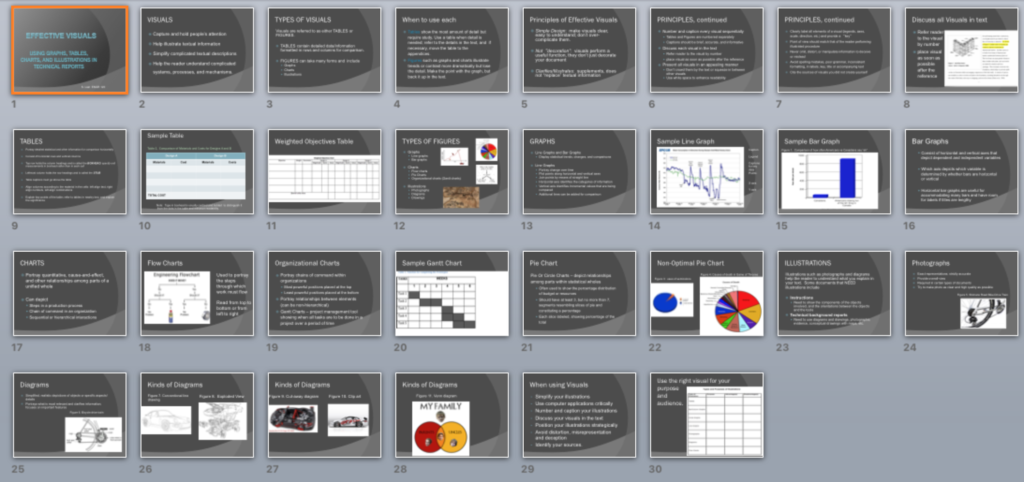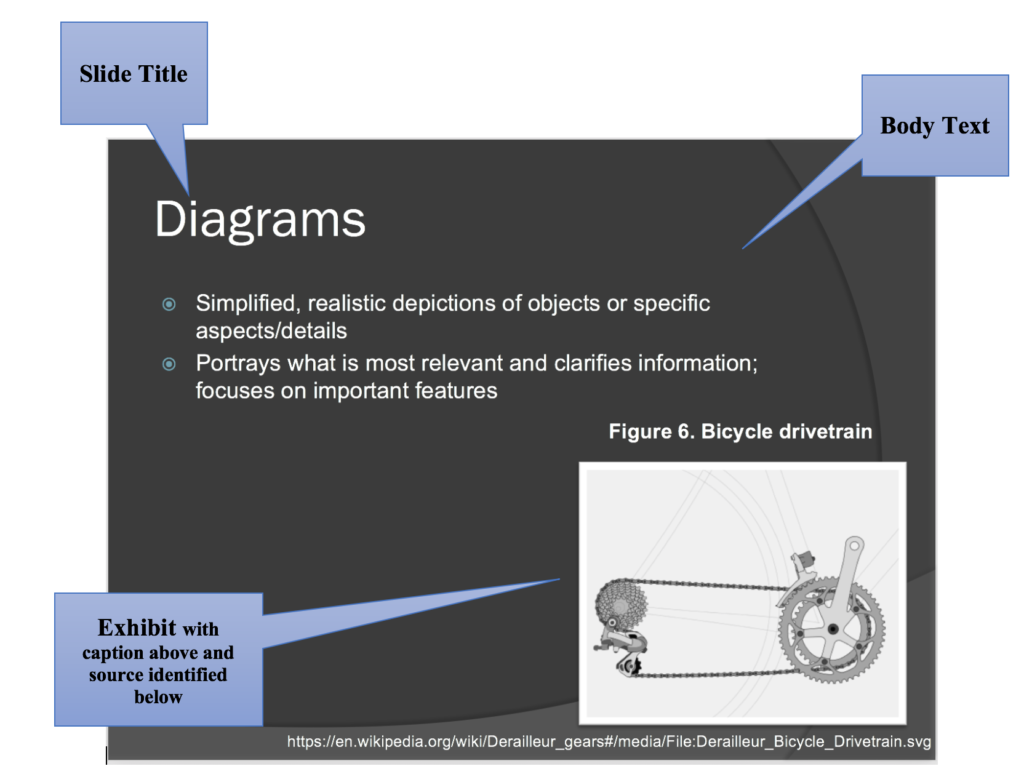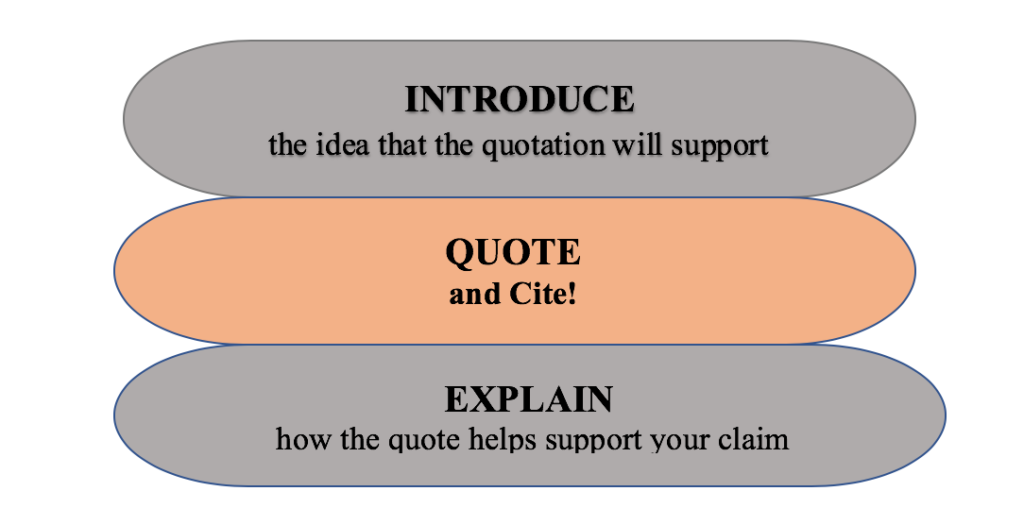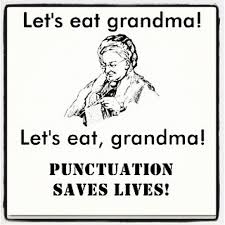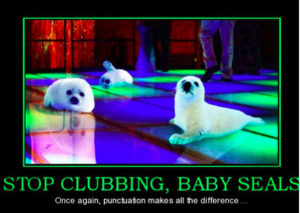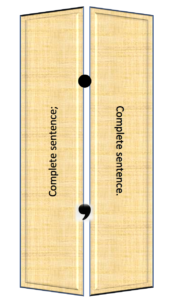Below are some examples of how to document the kinds of sources you will typically reference in your academic and technical papers. When possible, include the DOI (Digital Object Identifier) for .pdf and other documents found online through a database, and/or a URL link for other online sources.
* IEEE Reference Guide (.pdf) (2018) indicates that the basic guideline for citing online sources is to follow the standard citation for the print source given previously and add electronic location (URL) or the Digital Object Identifier (DOI) at the end of the citation. Add a URL at the end of the reference if the source is available on the world wide web. If both a URL and a DOI are available, place the DOI last.
Examples of how to reference different kinds of sources
Articles from Journals and Magazines (Things that are published periodically)
Author(s), “Article title,” Journal or Magazine Title, vol. #, no. #, pp., Mo. year. DOI [If available online, add URL and/or DOI link]
Print
H. Y. Zhou and K. M. Hou, “Intelligent urban public transportation for accessibility dedicated to people with disabilities,” Sensors, vol. 12, no. 8, pp. xx-xx, Aug. 2012.
Online
M. Sakals, “Eyes in the sky: Unmanned aerial vehicles in the natural resources sector,” Innovation Magazine [Online], vol. 19, no. 5, pp. 17-19, Sept-Oct. 2015. Available: http://www.digitalityworks.com/Viewers/ViewIssue.aspx?IssueID=140&PageNo=1
Conference Paper
Author(s), “Title of paper,” Presented at Name of Conf., City of Conf., Abbrev. State/Prov., year, pp. xxx-xxx. Paper number [If available online, give URL or DOI].
M. Ibrahim, “Creative design dynamics and creative systems,” in Proc. 2009 IEEE Int. Systems Conf., Vancouver, BC, 2003, pp. 273-278. DOI: 10.1109/SYSTEMS.2009.4815811.
Newspaper Articles
Author(s), “Title of article,” Title of Newspaper, Mo. day, year, [Online]. Available: URL [Accessed: Mon. day, year].
Online
C. Wilson-Clark, “Computers ranked as key literacy,” The West Australian, March 29, 2004. [Online]. Available: http://www.thewest.com.au. [Accessed Sept. 18, 2004].
Print
B. Bart. “Going Faster.” Globe and Mail, sec. A p.1, Oct. 14, 2002.
Webpage or Website (WWW) (material only available online such as blogs, etc.)
Author(s), “Webpage Title,” Website Name [Type of medium]. Available: URL and date. [Accessed: mo. day, year].
M. Fogarty,“Which versus that,” Grammar Girl, Quick and Dirty Tips [Online]. Available: https://www.quickanddirtytips.com/education/grammar/which-versus-that-0. [Accessed: June 1, 2019].
“IEEE Style: A guide to referencing style for Murdoch University students and staff,” Murdoch University Library, [Online]. Available: http://libguides.murdoch.edu.au/IEEE
Book
Author(s), Title of Book. City: Publisher, year.
M. Ogot and G. Kremer, Engineering Design: A Practical Guide. Pittsburgh: Togo Press, 2004.
Chapter in a book
Author(s), “Title of Chapter,” in Title of Book. City: Publisher, year, pp.
S. McCahan, P. Anderson, M. Kortschot, P. E. Weiss, and K. A. Woodhouse, “Introduction to Teamwork,” in Designing Engineers: An Introductory Text, Hoboken: Wiley, 2015, pp. 219-260.
Technical Report (Government, Industry, Organizations)
Author(s), “Title of report,” Name of Company/Organization, City, Report. #, year. Accessed: date [Online]. Available: URL or DOI
Delcan, “Johnson Street Bridge Condition Assessment Report,” Delcan and City of Victoria, Victoria, B.C., 2009. Accessed: June 14, 2019 [Online]. Available: https://www.johnsonstreetbridge.com/wp-content/uploads/2018/01/johnson-street-bridge-condition-assessment-delcan-engineering.pdf
University of Victoria Campus Planning and Sustainability, “The Grand Promenade: Design Charrette,” Campus Greenway, Summary Report 11.2018. Accessed: May 1, 2019 [Online]. Available: https://www.uvic.ca/campusplanning/current-projects/campusgreenway/index.php
Personal Communication (interview, telephone, email, etc.)
Author, private communication, Mo. day year.
Patent
Author, “Title of patent,” U.S. Patent x xxx xxx, Mo. day, year.
J. P. Wilkinson, “Nonlinear resonant circuit devices,” U.S. Patent 3 624 125, July 16, 1990.
Lecture or Presentation
Speaker (Date), “Title of Presentation/Lecture,” Occasion and location of presentation. [Type of medium: URL if available online].
J. Dagg (Oct. 22, 2017), “Team Dynamics,” ENGR 110 Plenary Lecture, University of Victoria. [PowerPoint slides available: https://coursespaces.uvic.ca/mod/folder/view.php?id=1021973]
Lecture Notes
“Title of class notes,” class notes for Course Number, Department, University, Term, year.
“Maxwell’s equations and time-varying electromagnetic fields,” class notes for ECE 359, Department of Electrical and Computer Engineering, University of Victoria, Winter, 2015.
Reference Work (Encyclopedia, Dictionary, Handbook, etc.)
Author(s). (year). “Chapter title,” in Book Title, xth ed. [Type of medium]. Editor(s) name(s), Ed(s). Location: Publisher, mo. day, volume or chapter no. (if available), pp. Available: URL [access date].
With an author
D. Hart and A. Bauen. (2002). “Fuel cell fuel cycles,” in Fuel Cell Technology Handbook. [Online]. G. Hoogers, Ed. Boca Raton, FL: CRC Press. Available: ENGnetBASE [Accessed: Sept. 22, 2008].
A. D. French, N. R. Bertoniere, R. M. Brown, H. Chanzy, D. Gray, K. Hattori, and W. Glasser. (2003). “Cellulose” in Kirk-Othmer Encylopedia of Chemical Technology. [Online]. John Wiley & Sons, Inc. DOI: 10.1002/0471238961.0305121206180514.a01.pub2.
No author
“Composite material,” in Wikipedia, the Free Encyclopedia. [Online]. May 13, 2008. Available: http://en.wikipedia.org/w/index.php?title=Composite_material [Accessed: May 24, 2008].
Image from a print source
Similar to a chapter in a book or article in a print journal:
Creator of image, “Title of image,” in “Title of article” or Title of Book, and the rest of the required publication information for an article or book.
Images from an online source
Creator of image, if available. “Title of the image” if there is one, Web Site name, the URL, and the date of access.
Podcast
A. A. Artist, Credit, and B. B. Artist, Credit, “Title of episode,” Title of Program: Subtitle, Date of recording, year. Place of recording: Publisher. [Format]. Available: URL. [Accessed: Mo. day, year].
S. Gary, Presenter, “Mars Insight’s Drill Fails,” SpaceTime with Stuart Gary, June 12, 2019. Sydney: SpaceTime. [Podcast episode]. Available: https://megaphone.link/BIT3581656190. [Accessed June 14, 2019].
Others?
See the IEEE style guide from Murdoch University for helpful examples of many other kinds of sources.
Also see IEEE Reference Guide (2018) for a more complete list of various types of sources and how to reference them.
Find a variety of sources (at least 5 different types) on a specific topic related to your current course project. Set up a References list for them in IEEE Style.


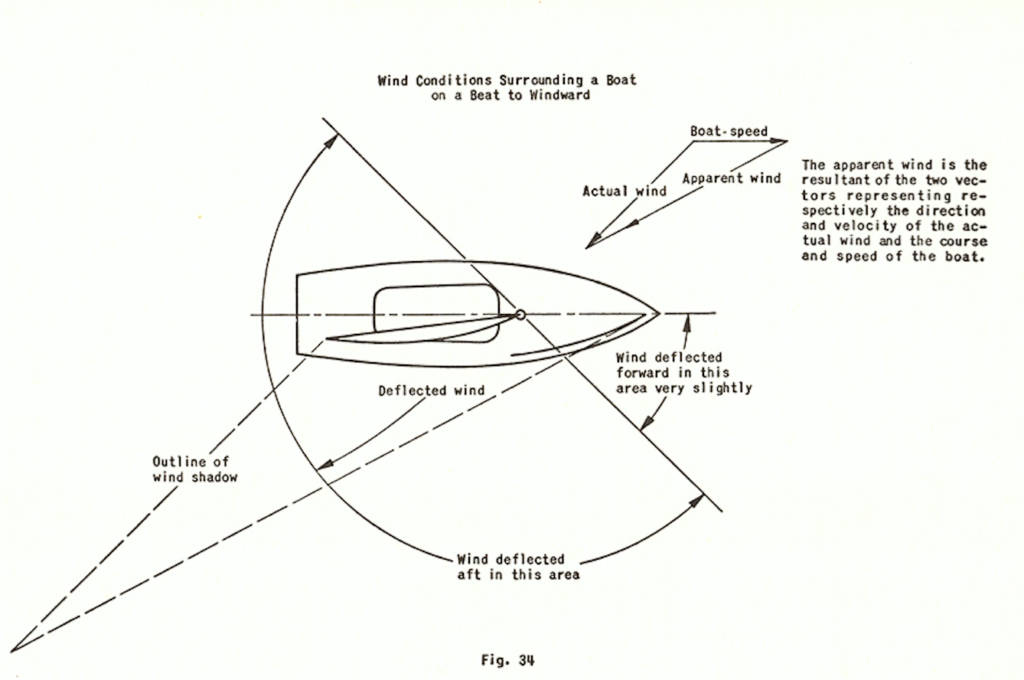
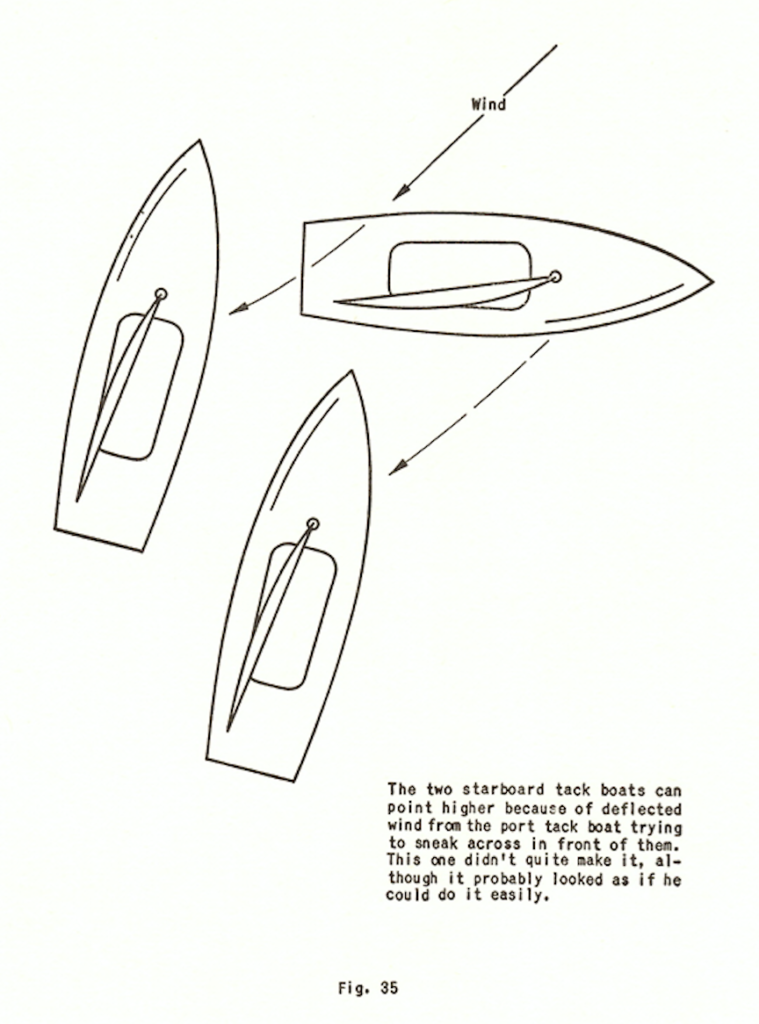

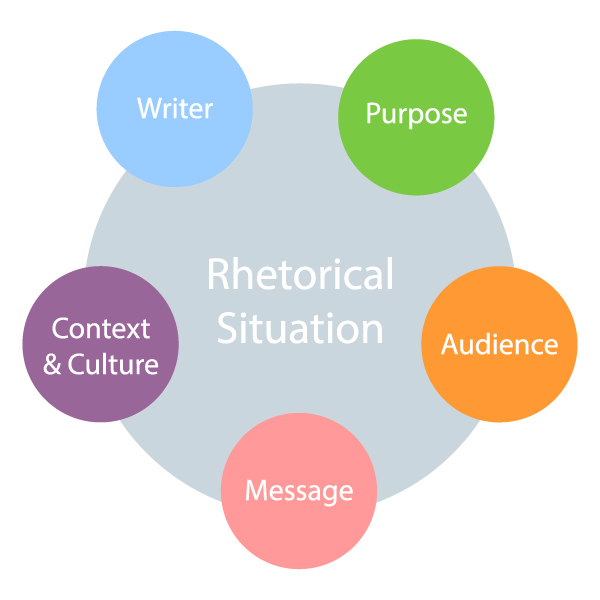
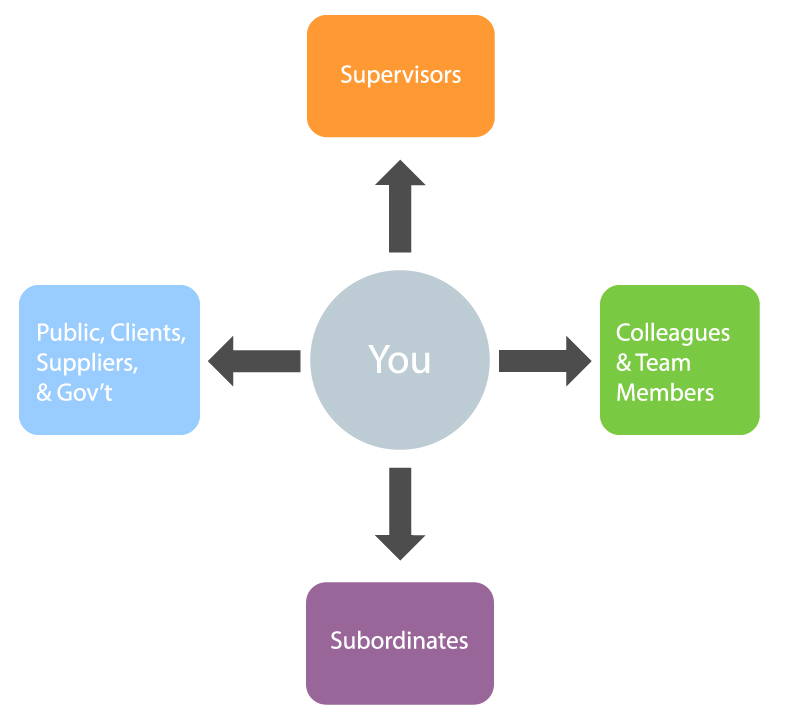
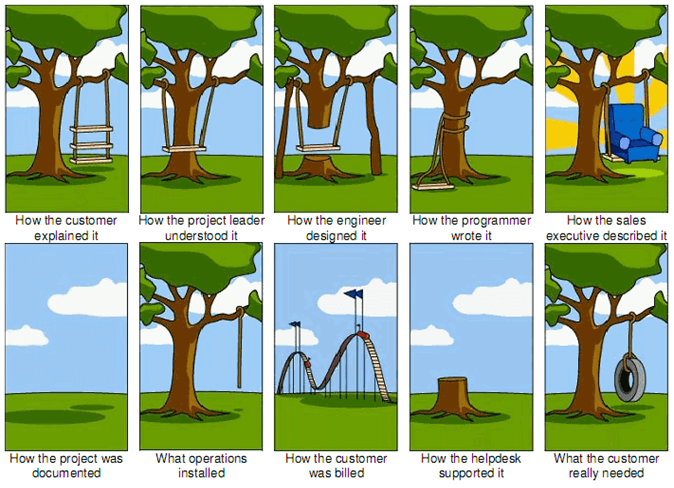
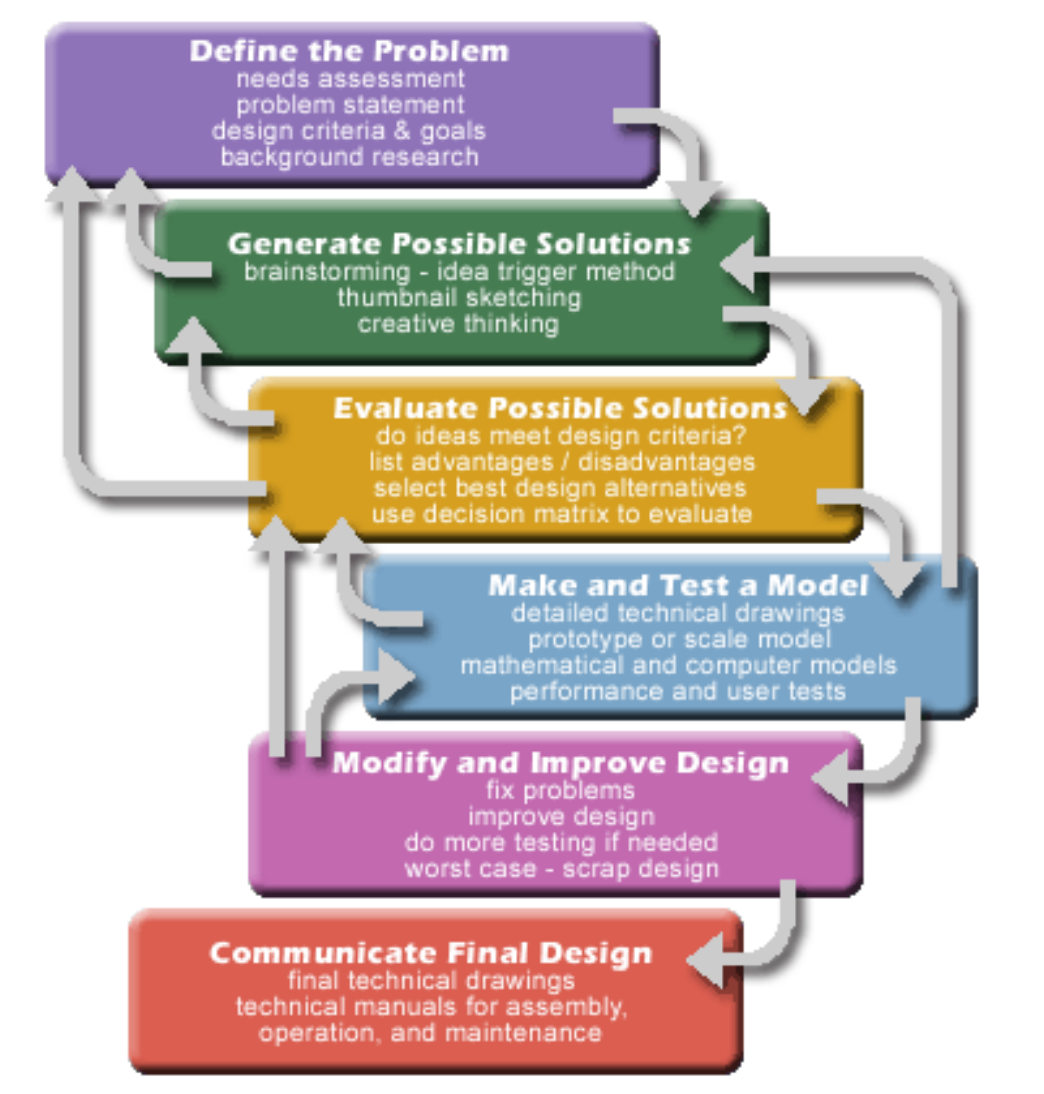
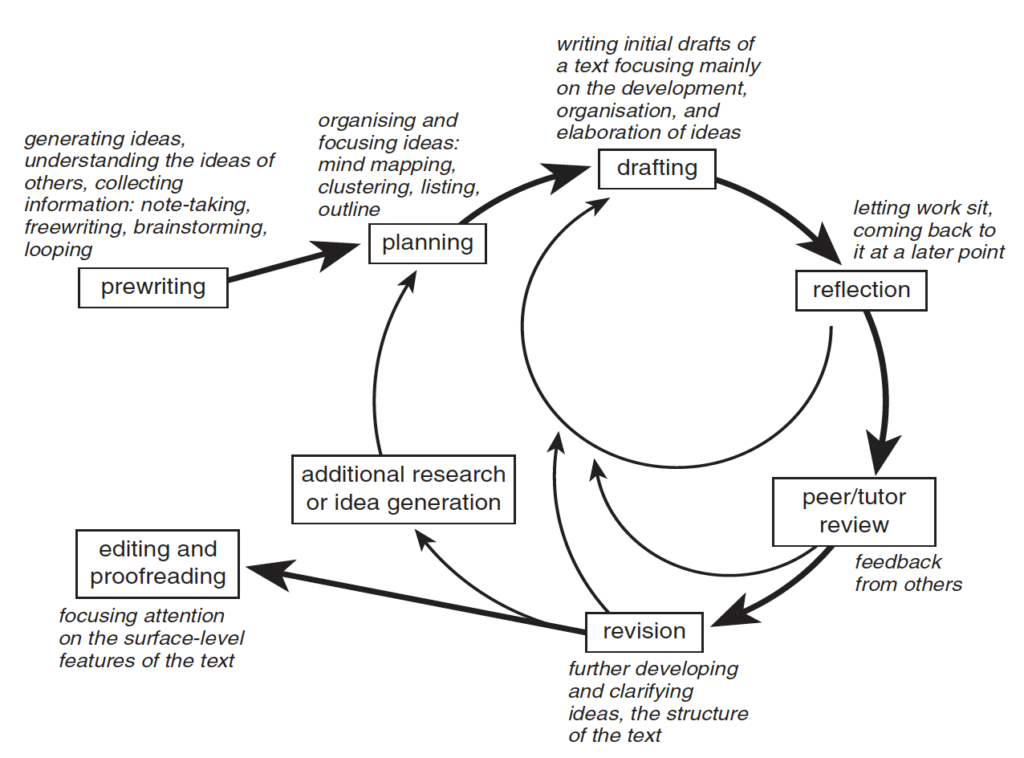
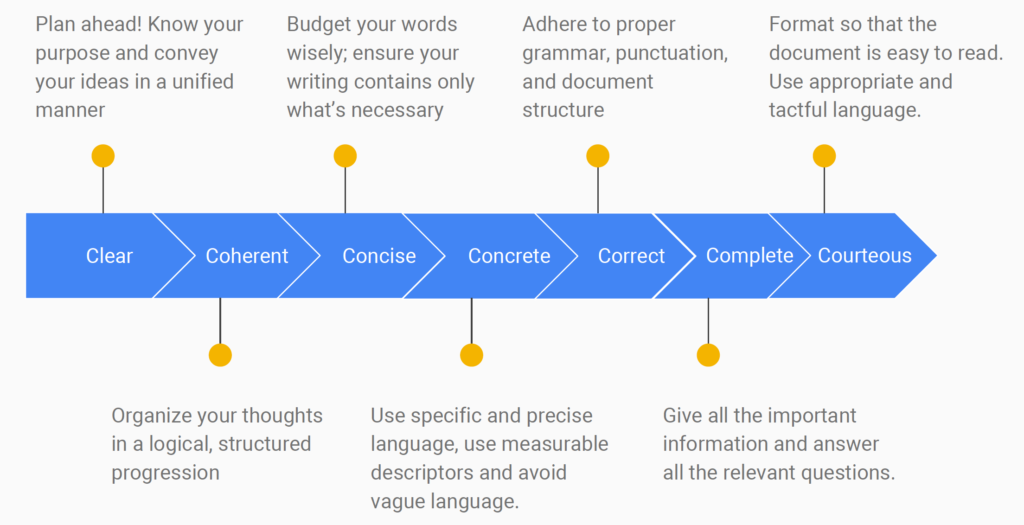


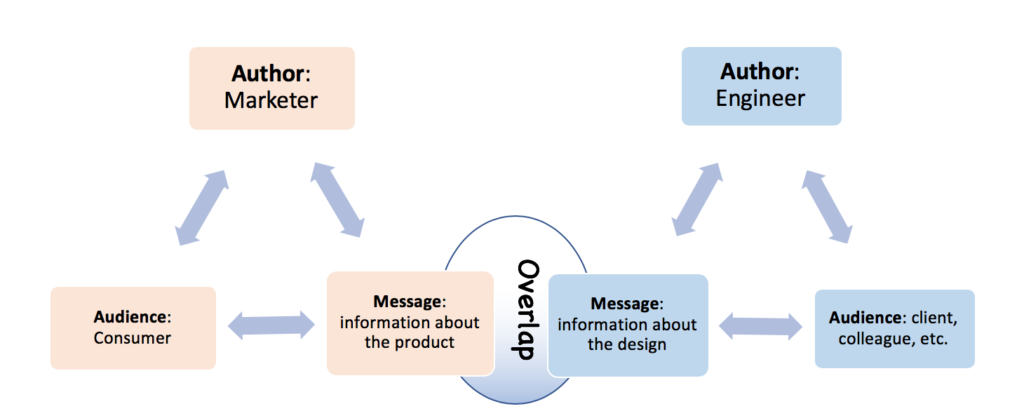



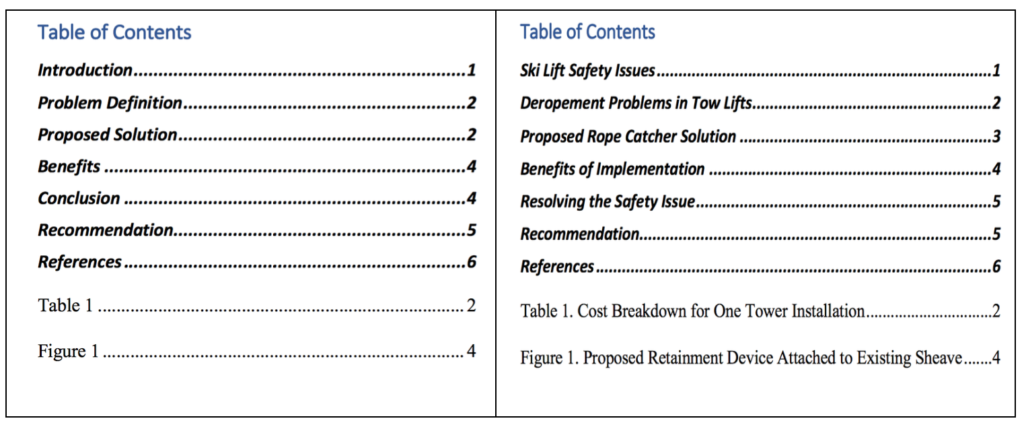




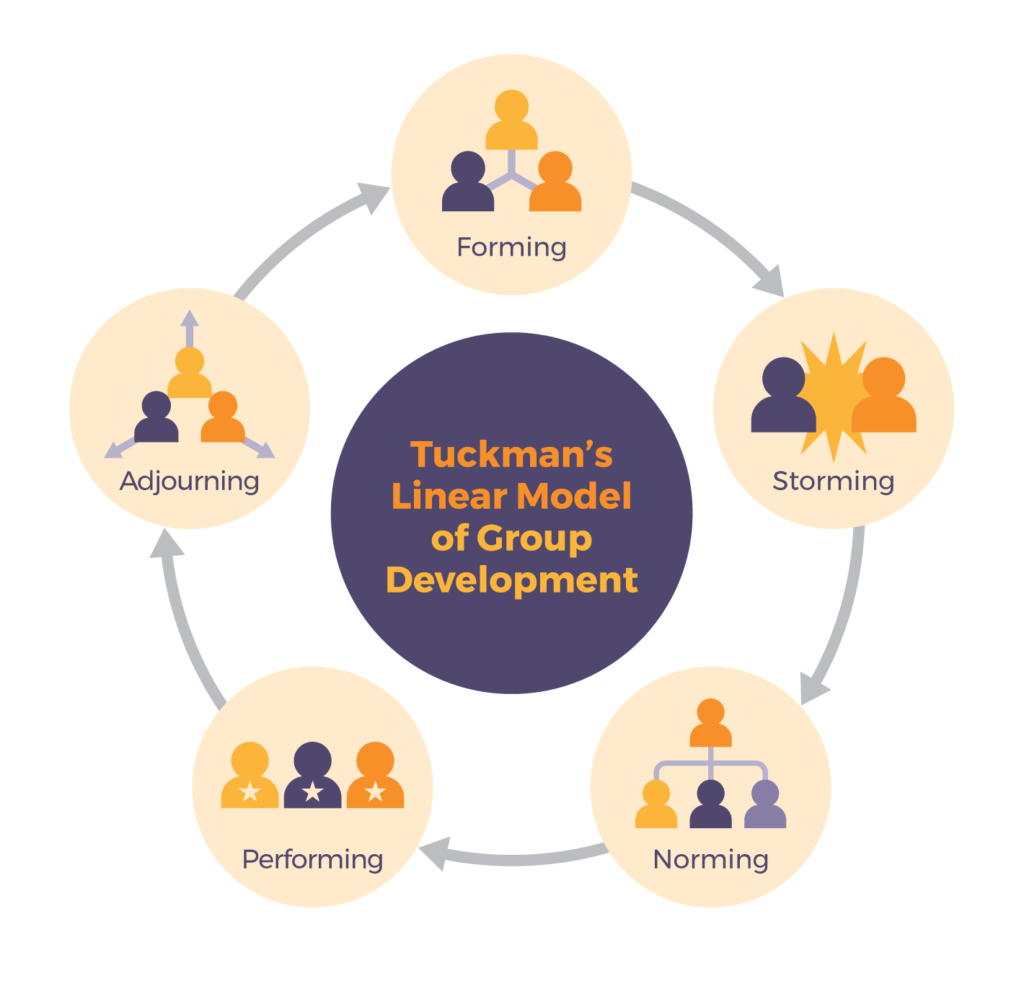
![DIogo Nicoleti [CC BY-SA 4.0 (https://creativecommons.org/licenses/by-sa/4.0)], from Wikimedia Commons Forming: 4 arrows pointing to the centre. Storming, 4 arrows going in various random directions. Norming: 4 arrows going in almost the same direction. Performing: 4 arrows perfectly aligned. Adjourning: 4 arrows pointing outward from the centre in the 4 cardinal directions.](https://pressbooks.bccampus.ca/technicalwriting/wp-content/uploads/sites/296/2018/05/Screen-Shot-2018-11-24-at-1.40.42-PM-1024x247.png)
